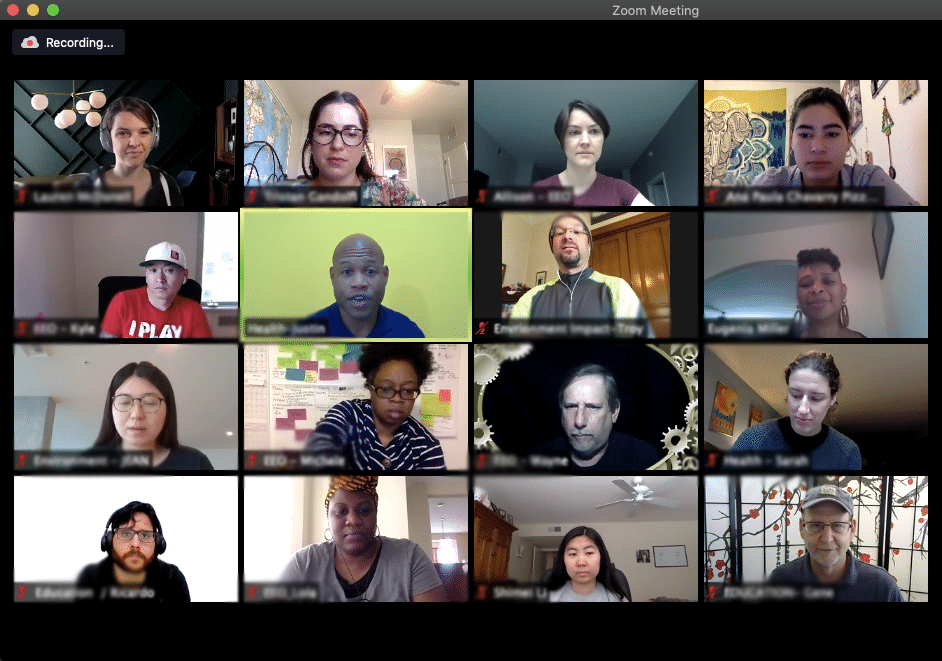Conversations with Founders
This post was originally published on this siteAre you an entrepreneur looking for support with your business model during COVID-19? Attend the next 2-Day Pivot Camp on July 23rd-24th for guidance on how to rapidly iterate your product or service, reach new customers, and explore additional revenue streams. In the age of COVID-19, entrepreneurs just …


